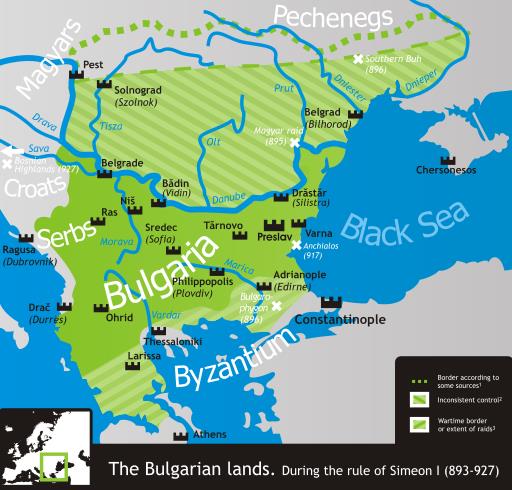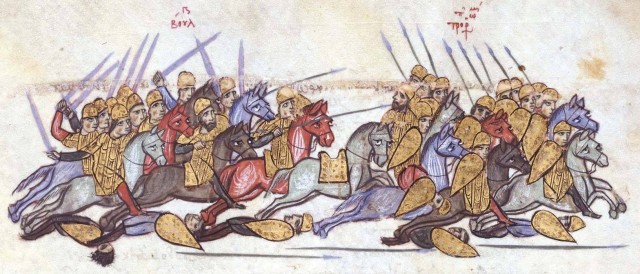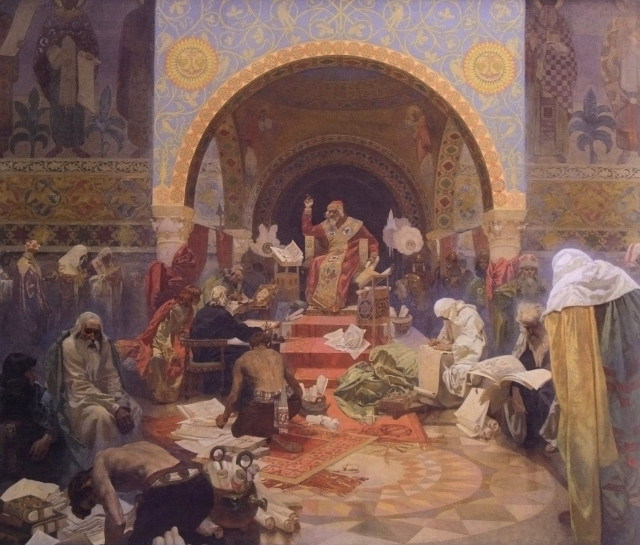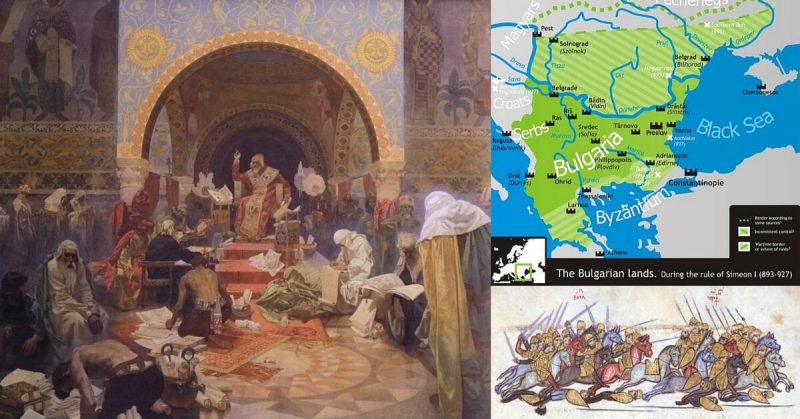In 917 C.E., the Byzantine Empire sent an experienced leader named Leo Phokas ‘the Elder’ to defeat and punish Symeon of Bulgaria. The Christian Tsar Symeon had been persistently pressuring the Byzantine Empire to join with him through marriage, bringing all of the Byzantine and Bulgarian territory under one Christian dominion. Of course, Symeon wanted to be the emperor of his own envisioned empire. Leo Phokas and approximately thirty thousand men under his command invaded Bulgaria to deliver Byzantium’s resounding “no” to Symeon’s proposition.

The forces of Leo Phokas and Tsar Symeon met at the Achelous River (also spelled Acheloos or Anchialos), the namesake of the battle. It is known today as the Aheloj River. While it is uncertain how many soldiers Symeon had with him when he faced the 30,000 Byzantine troops, the battle was undoubtedly enormous.
The Bulgarians and Byzantines deployed their troops and engaged in combat. The battle quickly turned in the favor of the Byzantines. The first engagement was very costly for the Bulgarians, with Tsar Symeon’s forces taking heavy losses. Symeon recognized that he needed to regroup his men and rethink the situation. He managed to execute a slow and orderly withdrawal from the battlefield.
Some stories suggest that Leo Phokas, having looked out over the battlefield to see his enemies falling back, and that the advantages were in favor of Byzantium, dismounted to drink from a nearby creek. While his back was turned, his horse wandered off and ran into the open. To the Byzantine troops, it must have appeared that their commander had been slain.

Whether or not the story with the horse, as recorded in John Haldon’s The Byzantine Wars, is the exact truth, something certainly did happen to create rumors of the commander’s death. Word spread quickly, and panic moved with it.
Immediately the Byzantine line began to waver with uncertainty. Tsar Symeon realized that something was awry with the Byzantine army, and quickly turned his orderly withdrawal into a brutal counter-attack. The unexpected Bulgarian advance disintegrated the order and cohesion of the Byzantine army, resulting in all of Leo Phokas’ men fleeing in disarray.

Symeon took advantage of the chaos and chased down the routed Byzantines, leaving the battlefield littered with corpses. The Battle of Achelous was one of the worst and most unexpected defeats the Byzantine Empire ever suffered.
The Battle of Achelous is a story that explains the importance of never letting down your guard and never underestimating your opponent. By some strange twist of fate, Leo Phokas saw his victory turn into defeat – possibly over something as mundane as a single spooked horse.
By Keith Hansley – read all of his articles at http://historianhut.blogspot.com/
